By Philip Joe Cauchi
Watching México play against Germany was like watching a manual on defending in every sense. It reminded me of the classic Italian national teams which were in the past the masters in the art of defending. México gave us more than a lecture in offensive defending. That is, defending with the purpose of winning possession of the ball, make good use of the space left behind the opposition’s defence and counter.
México’s coach Juan Carlos Osorio, played using a counter-attacking style of play with a 1-4-2-3-1 system of play that was converted into a 1-4-4-2 or a 1-4-4-1-1 in the defensive phase. During Germany’s possession phase, the midfielder who went short for the ball to initiate the build-up, usually Khedira or Kroos, was never allowed space to play forward. There was either a defender who applied pressure on him or the team had established a solid shape that narrowed down the angles to eliminate passes played towards the middle channel (figure 1).
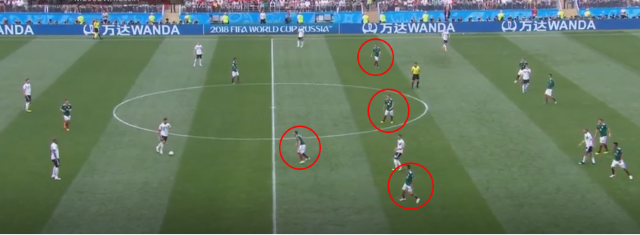
Figure 1 - Compact shape in midfield to block passing lanes towards the inside.
From this position, most of the passes were played either backwards or horizontally. México’s major principle was to prevent the opponents from playing balls into advanced dangerous areas. If Khedira or Kroos started from a wide position who were marked, and then moved towards a central position, his marker (the Mexican midfielder) did not track him, thus not to open up a passing lane towards the inside (figures 2 and 3).
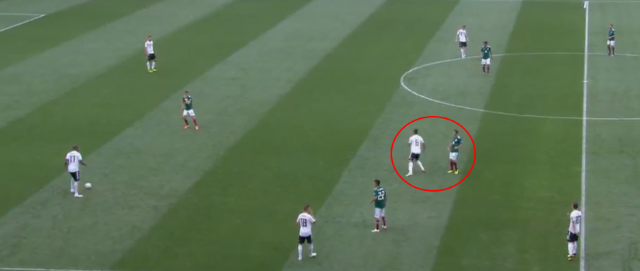
Figure 2 - Midfielder marking the low playmaker
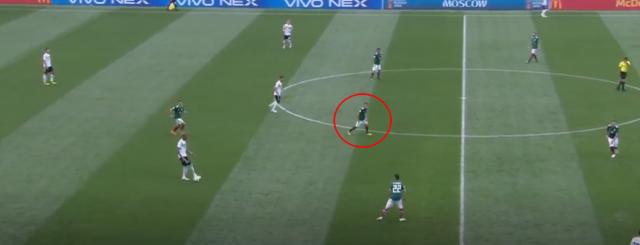
Figure 3 - The low playmaker moved towards the middle, however the Mexican midfielder was not dragged out of position
México remained very compact, letting the German team play in front of them inside their own half. As spaces towards the inside were well covered by the Mexican team, the Germans were forced to play towards the flank zones. It was here where the Mexicans were aggressive to win the ball with the ball-side full back and the closest midfielder aiming to double team the German lateral midfielder.
México gave extreme importance to outnumber the Germans in the middle channel and in front of the penalty area. When the ball was on either flank, the two Mexican central defenders, Moreno and Ayala, remained in a central position in case they had to deal with a cross. They also kept numerical superiority in this zone. It was the nearest midfielder who tracked the run of any German player inserting himself between the central defender and the full back.
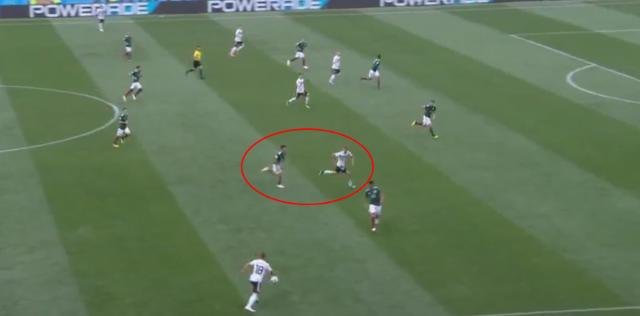
Figure 4 - Midfielder tracking the runner behind the full back
Whenever the German central defenders had time and space where they could come out with the ball, México switched to a 1-4-4-2 or a 1-4-4-1-1 formation with Carlos Vela adding further numerical superiority in midfield. México’s back four was very disciplined and compact. This was further aided by the good positioning of the two defensive midfielders Guardado and Herrera.
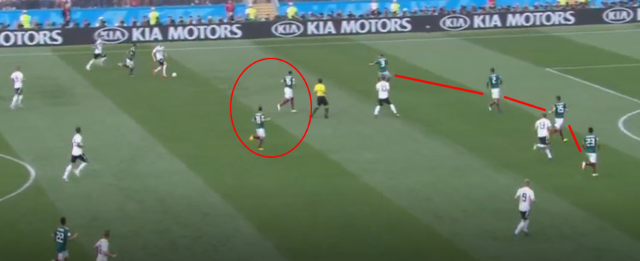
Figure 5 - A solid back four guarded by well-positioned two central midfielders
When the German team had possession of the ball, the Mexicans were ready for a positive turnover. One of the two strikers, usually Hernandez remained high while Carlos Vela dropped in the hole between the defence and midfield to act as the link player. Sometimes as it happened in México’s goal, Vela dropped deeper in midfield and Guardado was quick to follow the attack and support Hernandez.
In the second half, México defended deeper as Germany pushed more men forward in the hope of finding that much needed equaliser. México remained strong and disciplined, preventing Germany the space they needed in and around the penalty area to create scoring chances. During the final fifteen minutes of the match, México played with a 1-5-4-1 formation to have more width and be able to deal effectively with Germany’s fullbacks pushing up the flanks.
Philip Joe Cauchi works as performance coach in Malta. He holds a UEFA A and a UEFA A Youth Elite coaching licences as well as a B.ed (Hons) in Education with Physical Education and is also a qualified football conditioning coach.


